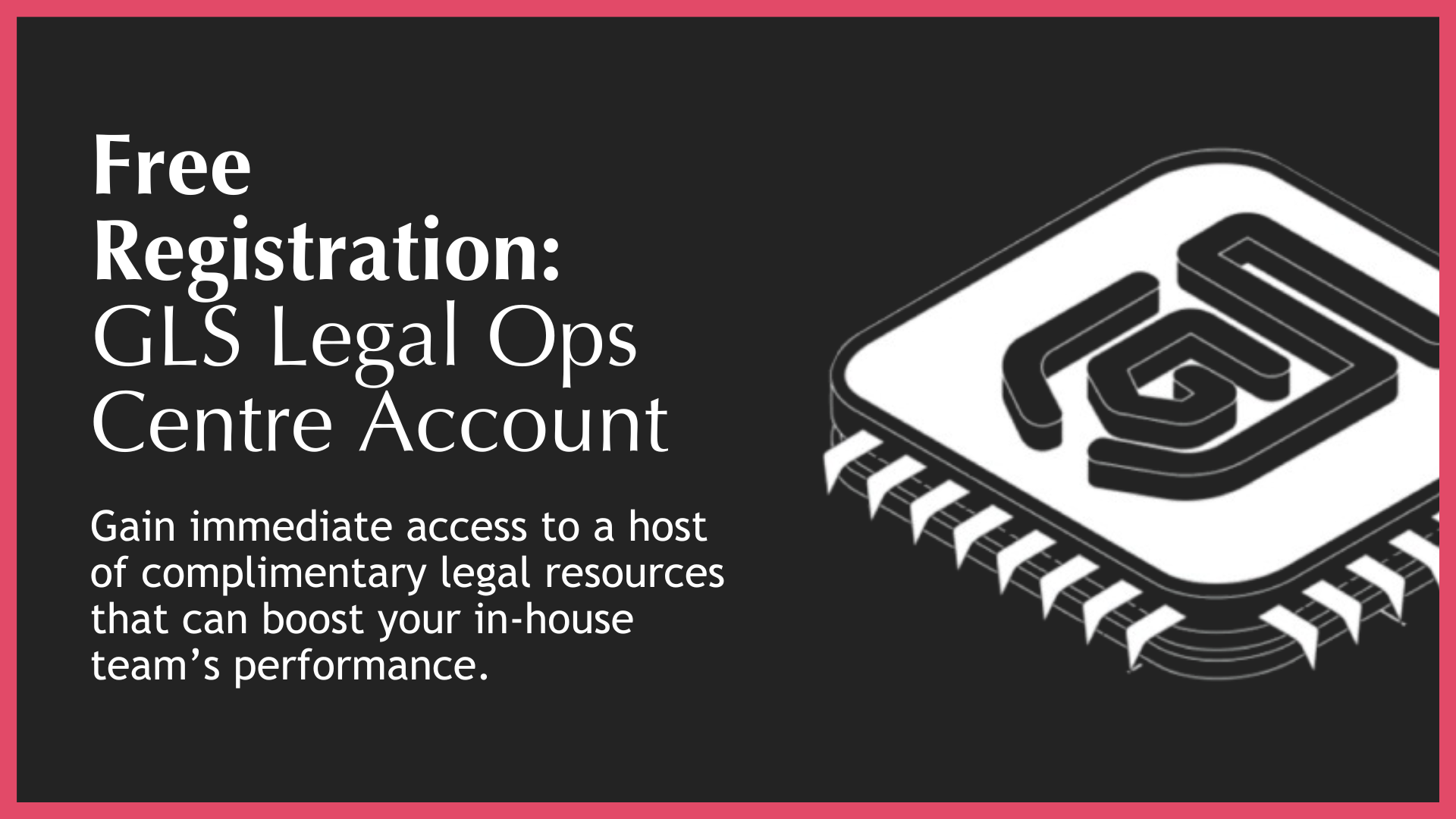The GLS Legal Operations Centre
The ultimate in-house legal department resource stack
Back
Risk Management Audit
What Is It
The Risk Management Audit station is where legal teams bring structure, discipline, and foresight to the management of compliance risks. It ensures that legal and regulatory risks are not only identified but also assessed, prioritised, and actively mitigated through a repeatable, evidence-based process.
This station is about embedding a risk-aware mindset into the legal function - one that aligns with enterprise-wide risk management frameworks. It enables legal teams to move beyond reactive firefighting and into a proactive, strategic role where they can anticipate and address compliance vulnerabilities before they escalate.
A robust risk management audit process provides a clear view of the legal risk landscape. It allows legal teams to rate risks based on likelihood and impact, assign ownership, and implement mitigation strategies. This visibility is critical for informed decision-making, resource allocation, and demonstrating governance to the board and regulators.
Ultimately, this station transforms compliance risk from a nebulous concern into a measurable, manageable, and reportable business input - one that supports resilience, agility, and trust.
Scope
The scope of the Risk Management Audit station includes:
◼️Systematic identification of legal and compliance risks across the organisation.
◼️Development and maintenance of a centralised compliance risk register.
◼️Application of consistent risk rating methodologies (e.g., likelihood x impact).
◼️Integration with enterprise risk management (ERM) frameworks and tools.
◼️Design and implementation of mitigation strategies and internal controls.
◼️Regular review and refresh cycles for risk assessments.
◼️Documentation of risk ownership and accountability structures.
◼️Reporting of risk posture to senior management, the board, and regulators.
Resource Status:
In GLS legal ops, the Risk Management Audit is considered a "Repeater" resource within legal operations.
A Repeater Resource: Supports multiple legal functions, ensuring that structured legal requests improve contracting, dispute resolution, compliance, and advisory services.
A well-structured Risk Management Audit enhances legal team productivity, reduces wasted time, and improves service delivery across the organization.
Best Practice Features
The best practice features of the GLP are as follows:
◼️A dynamic, centralised compliance risk register accessible to key stakeholders.
◼️Clearly defined risk taxonomy and rating criteria aligned with enterprise standards.
◼️Integration with ERM systems to ensure consistency and visibility across the business.
◼️Documented mitigation plans with assigned risk owners and timelines.
◼️Regular risk review cycles triggered by internal or external developments.
◼️Audit trails for all risk assessments, updates, and mitigation actions.
◼️Dashboards and visualisations for real-time risk monitoring and reporting.
◼️Training programs to build risk literacy within the legal and compliance teams.
Business Value
The Risk Management Audit station delivers the following value to the Business:
◼️Reduces exposure to regulatory penalties, litigation, and reputational damage.
◼️Accelerates decision-making by providing clear visibility into legal risk.
◼️Supports strategic planning with data-driven risk insights.
◼️Demonstrates governance maturity to investors, regulators, and partners.
◼️Enables cost savings through early identification and mitigation of risks.
◼️Improves resilience by embedding legal risk into enterprise risk thinking.
Legal Department Value
For the legal team, this station provides:
◼️A structured, repeatable framework for managing compliance risks.
◼️Enhanced collaboration with risk, audit, and compliance functions.
◼️Greater influence in enterprise-level risk discussions and decisions.
◼️Improved prioritisation of legal work based on risk exposure.
◼️A defensible position in the event of regulatory scrutiny or litigation.
◼️Increased visibility and credibility with the board and executive leadership.
Who Needs It
The Risk Management Audit station is essential for:
◼️Legal Department Leadership
◼️Compliance Officers
◼️Risk Management Teams
◼️Internal Audit Functions
◼️Board and Governance Committees
Productivity Consequences
A legal team operating without a Risk Management Audit will face a wide range of inefficiencies including:
◼️Inability to prioritise legal work based on actual risk exposure.
◼️Fragmented or outdated understanding of compliance threats.
◼️Increased likelihood of regulatory breaches and enforcement actions.
◼️Missed opportunities to align legal risk with business strategy.
◼️Difficulty in producing credible compliance reports for the board.
◼️Greater reliance on reactive crisis management.
Tech Implication
The Risk Management Audit station is significantly enhanced by technology. Digital risk registers, integrated ERM platforms, and real-time dashboards enable legal teams to track, assess, and report on compliance risks with precision and speed. Automation can streamline risk assessments, while analytics can identify trends and emerging threats. Integration with other compliance tools (e.g., breach reporting, policy management) ensures a holistic view of the risk landscape.

The GLS Legal Operations Centre
Register to access your complimentary Day 1 Resource Stack packed with legal team performance resources.

GLS Ultimate Guide To Legal Operations
Download this and read it thoroughly and regularly. It is a wonderful transformation companion.

Book A No-Obligation Consultation
If you would like discuss your legal transformation needs, please book a 30 minute free consultation with us.

GLS Legal Transformation Boot Camp
Our hugely successful, 10-week long, email-based boot camp on how to effectively transform your legal team.




